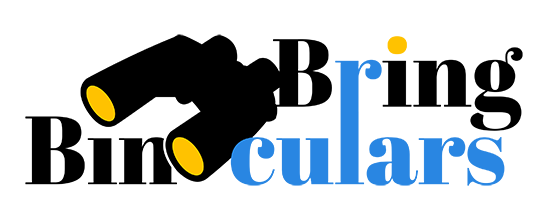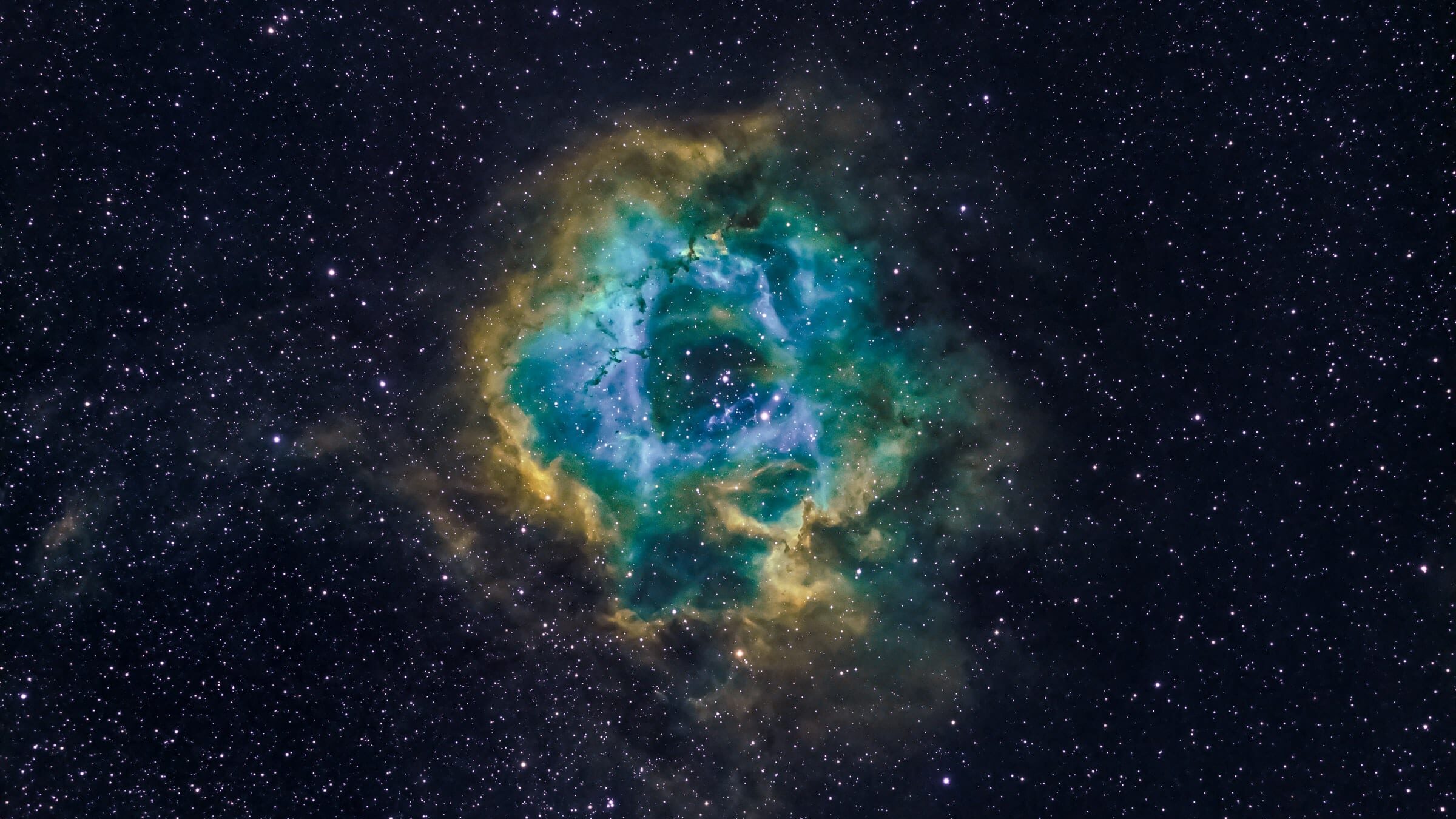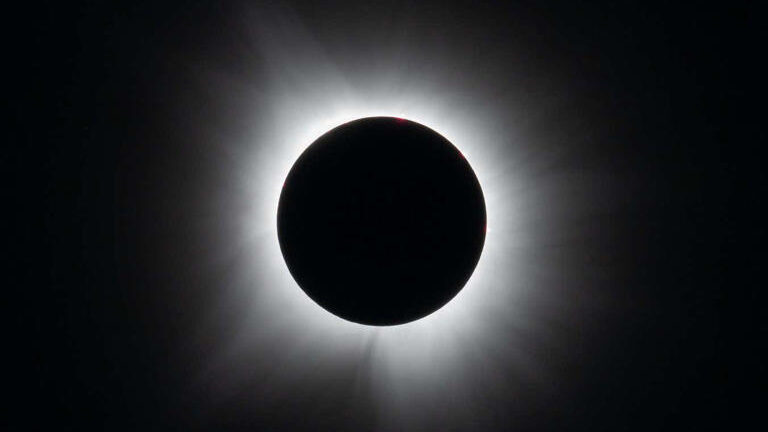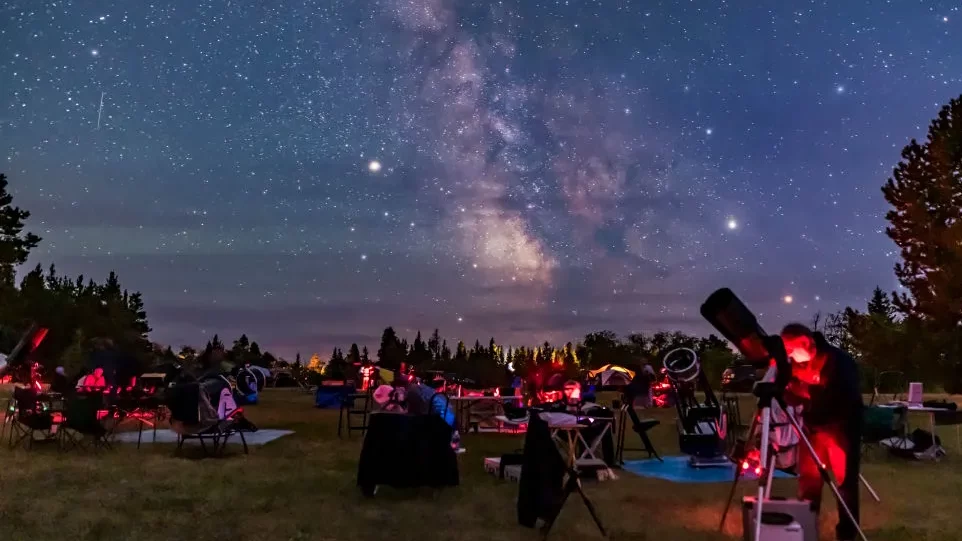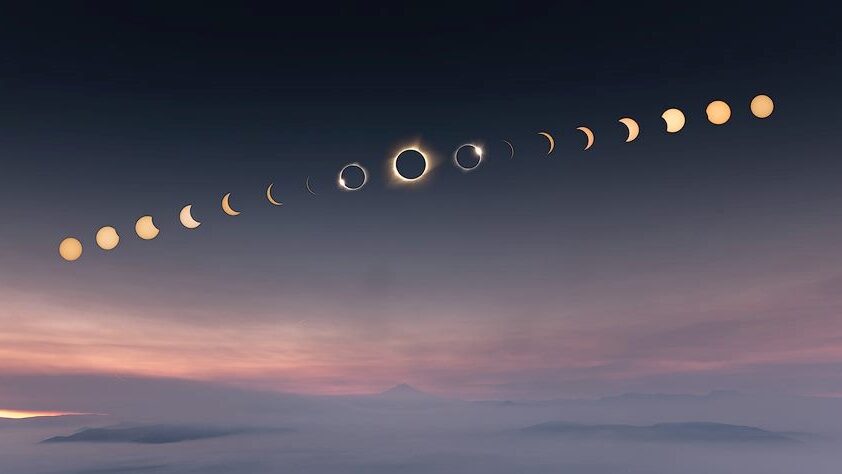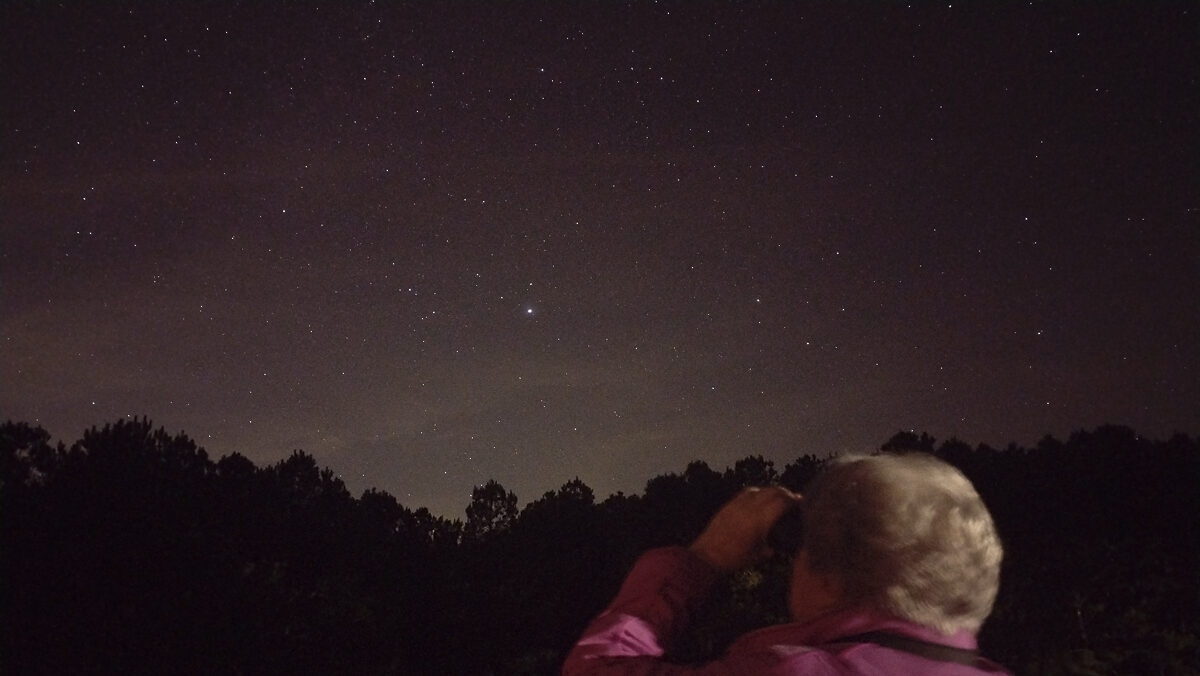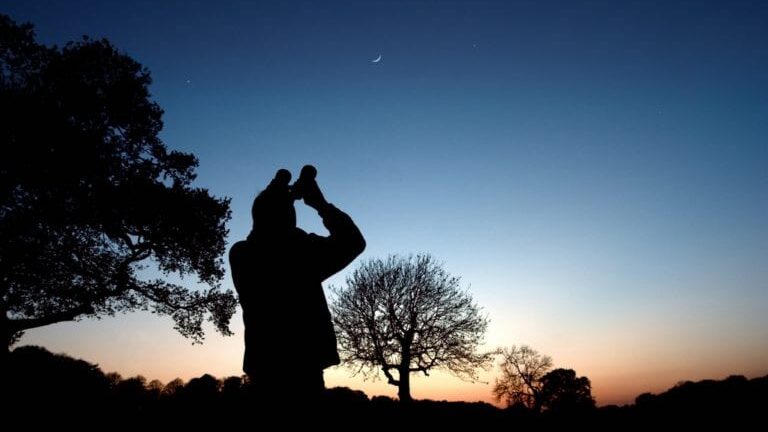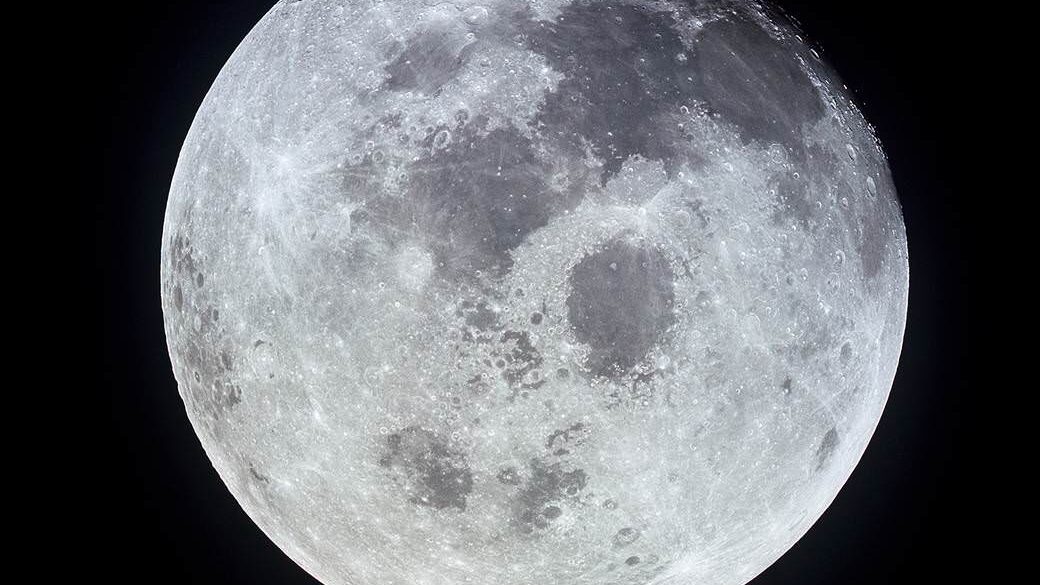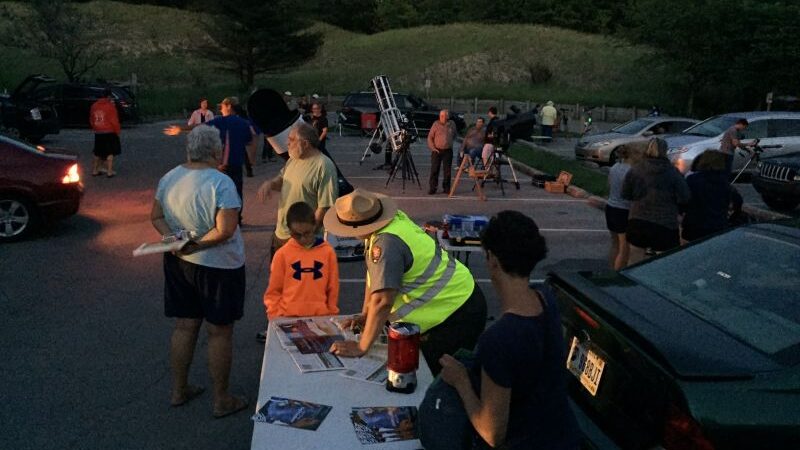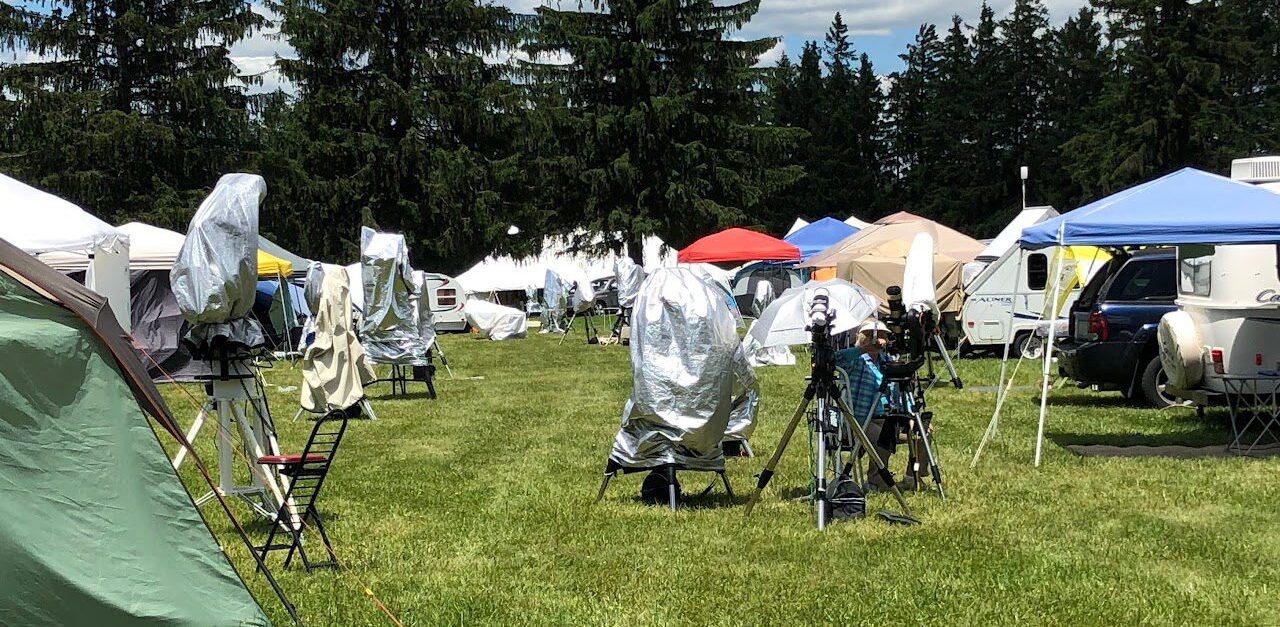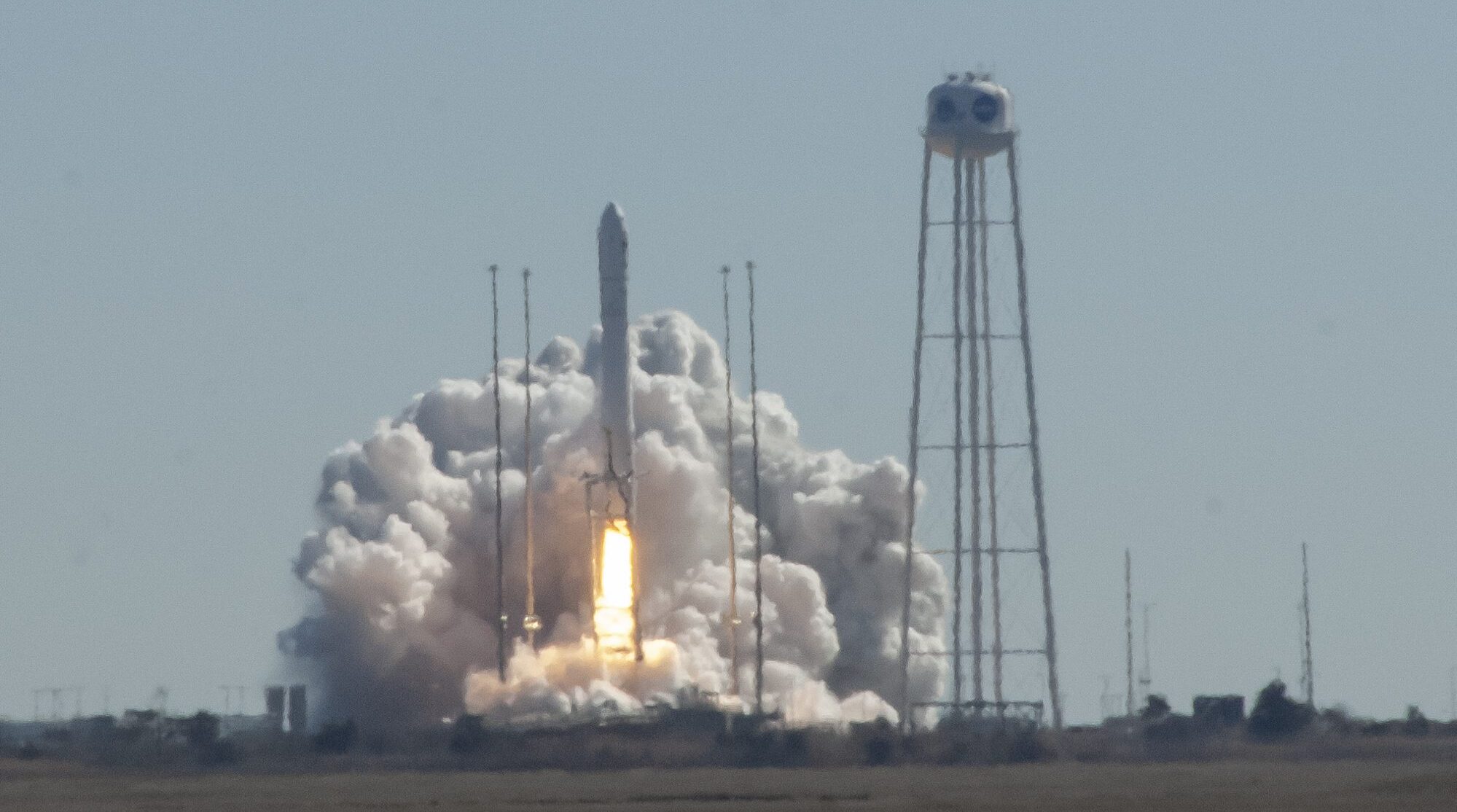Use skywatching software for stargazers on your cell phone, tablet and laptop
How Stellarium works
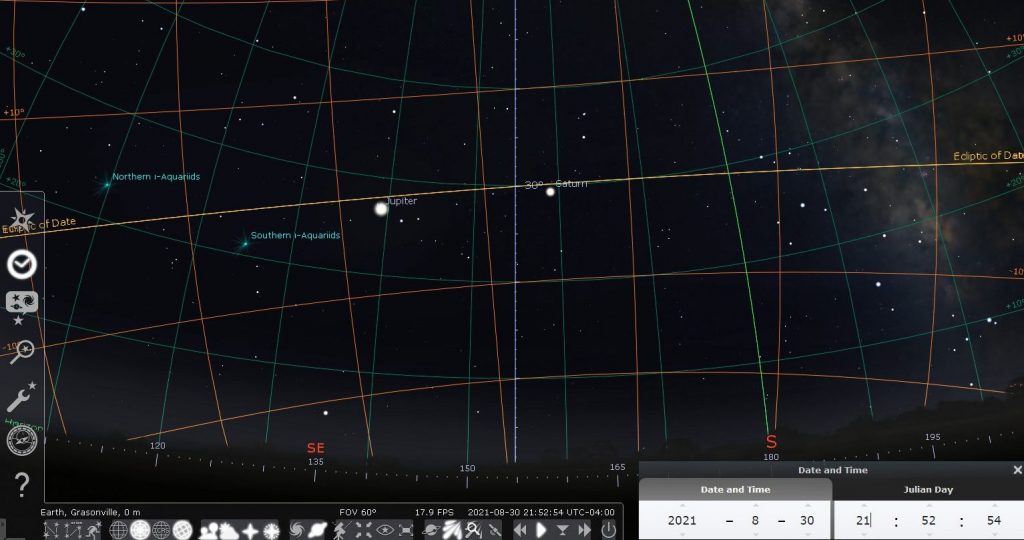
There are many astronomy apps for your electronic devices and many are fun to use while providing information about observing the dark sky. Stellarium is a skywatching software we like to use. Pointing your cell phone at the sky, especially a dark sky with thousands of twinkling stars, can be intimidating. But here’s an app that lights up when you point your cell phone at a planet or star and identifies the object and tells you about it. To help get this information we use Stellarium, a free and open-source planetarium program that displays a 3D simulation of the night sky. This interactive astronomy software displays a real time simulation for any day or night at any time worldwide. Stellarium is licensed under the terms of the GNU General Public License version 2, available for Linux, Windows, and mac OSX. For more information go to www.stellarium.org.
Keep in mind that while you use binoculars for navigating on earth you look forward and from side to side. But to find stars and planets you not only have to know which direction to look, but also how high in the sky what you are looking for is. Stellarium will tell you the exact direction to look, called azimuth (Az) and how high in the sky the object is called Azimuth (Alt).
TIP Our firsthand experience using binoculars stargazing: Don’t go stargazing without these 3 items: 1. For a steady supported view, use a tripod that’s lightweight and easy to assemble 2. To find your way around a group of stargazers in the dark, use a small mini red flashlight instead of a white light that interferes with night vision. A red light head lamp is also a good idea. 3. Get a red dot finder (RDF) to pinpoint a star or object. It superimposes a small red dot on the sky where you’re looking. Tripod, Red Light, RDF repeat.
To use Stellarium for stargazing you must enter the close approximation of where you are and the date and time. The sky above is then rendered on the screen. With your cursor movement right or left you can move the sky view east or west a full 360 degrees to back to the starting point. Drag the cursor up or down and the sky simulation will show you higher elevations, until you are looking at the sky directly overhead. You can also zoom in to see more details of the stars or planets.
Use fist-over-fist trick to eyeball a planet’s height
You can easily ballpark an object’s height above the horizon by using this old trick. Make a fist which is about 10 degrees high. Hold your arm out straight and place the bottom of your fist on the horizon then place your other fist on top of the first. Look over the upper fist and you will be looking at the sky about 20 degrees above the horizon. To look higher, hold the top fist steady and move the bottom fist so it rests on top of the lower fist, you are now looking at about 30 degrees above the horizon.
To find Saturn look southeast (160 degrees). Hold out your arm, place the lower edge of your fist on the horizon, then put your other fist on top of the lower fist, don’t move your second fist as you move the first on top. Look over the top fist and you are looking about 30 degrees (3 fists) up from the horizon. Look for a bright object in this area of the sky. It might not be exactly there because you are not a very precise instrument, but it should be in the vicinity. Then take your binoculars and point them at the bright spot you just eyeballed. Slowly sweep your binoculars back and forth with small movements until you find Saturn, which is bright. Sometimes looking over the binoculars with two eyes helps get you pointed in the right direction.
Space.com has this advice about Measuring Distances in the Night Sky
Another possible approach is to look at the moon, easier to find, but it is low on the horizon. Raise your binoculars a bit and then slowly swing left until you come to Saturn. Don’t miss Jupiter it’s between the moon and Saturn.
Once you get the hang of operating Stellarium there are many, and I mean many, things you can control in the setup programs. Don’t get carried away because most of the faraway deep-sky objects like star clusters and galaxies you can’t see with binoculars.
Look back at the screen capture and you can see an oval shaped object to the left of Saturn at about Alt 46 degrees high and Az 69 degrees south east, labeled Andromeda. This is the closest galaxy (2.5 million light years away) to our own Milky Way galaxy. You can see it as a little fuzzy smudge in a dark sky.
Using the Messier Catalog
Andromeda is known to astronomers as M31 from a list of objects collected by the French astronomer Messier. Use Stellarium to display the Messier Catalog. Many of these solar system objects can be seen on a dark clear night with binoculars and Stellarium displays detailed information about the object. Stellerium will also display meteor showers and NASA satellites like the International Space Station (ISS) as they pass overhead in the simulated sky. Here’s a link to more information about the Messier Catalog.
There are controls in Stellarium that you can set to limit the brightness of the objects it displays and limit what celestial objects are displayed on the screen. Depending on how dark your sky is or how much light pollution exists, you might try setting the brightness it displays to “3” to limit what is on the screen to objects you may be able to see on a dark night with your binoculars.
Stellarium is a free useful tool with so many features it takes time to explore. You can see what’s up for viewing on any given time or location on earth. There is an app for windows, apple, and android devices.
You might also be interested in:Gene and Katie Hamilton are amateur astronomers who follow the stars and write about their dark sky adventures. They are members of the Outdoor Writers Association of America.
Post Views: 1,217
|
